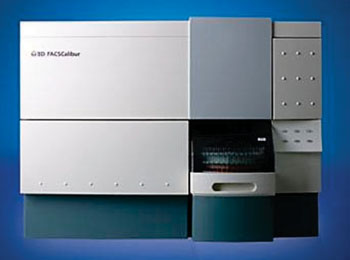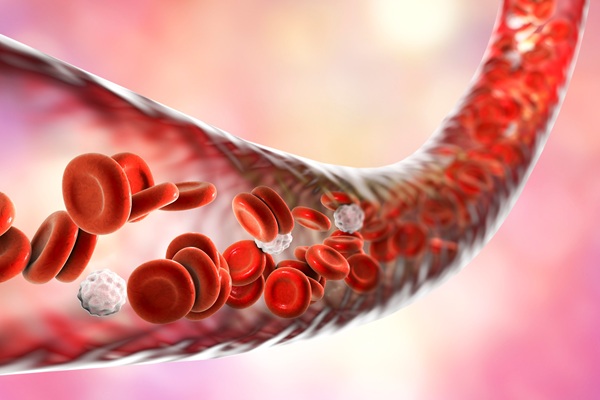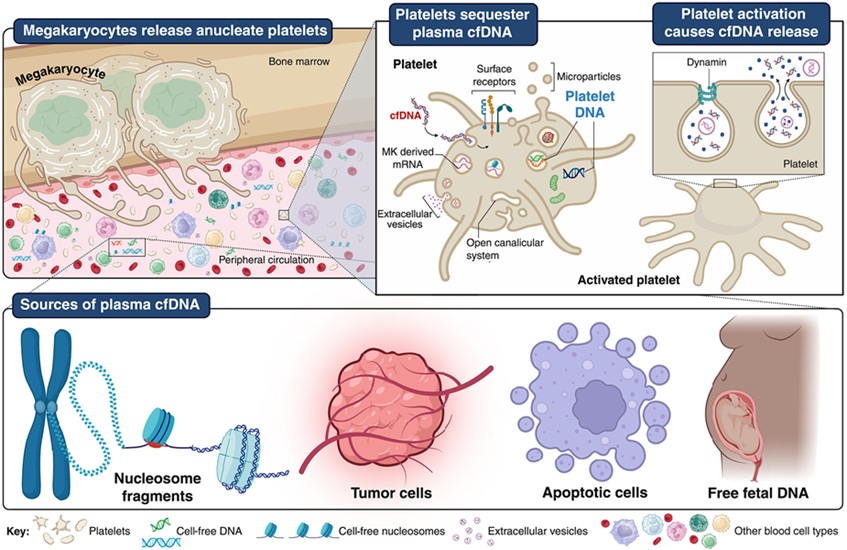Flow Cytometric Assay Evaluated for Heparin-Induced Thrombocytopenia
By LabMedica International staff writers
Posted on 05 Jul 2016
Heparin-induced thrombocytopenia (HIT) is an immune-mediated thrombocytopenia associated with heparin therapy and the diagnosis consists of a combination of pretest probability and laboratory testing.Posted on 05 Jul 2016
The routinely available laboratory antigen binding assays for the detection of specific antibodies have a low HIT-positive predictive value; therefore, to exclude false-positive results, one of the functional assays should be performed. Functional assays evaluate the ability of heparin/platelet factor 4 (PF4) antibodies to activate the platelets.

Image: The FACSCalibur flow cytometer modular analyzer (Photo courtesy of BD Biosciences).
Scientists at the University Medical Centre Ljubljana (Slovenia) investigated sera from adult patients, in which HIT was suspected, for the presence of HIT antibodies, using an immunoglobulin G enzyme-linked immunosorbent assay (IgG-ELISA) as the laboratory standard practice. After they set up the functional assay, 41 ELISA-positive serum samples were collected randomly for further testing.
The team tested the sera using an IgG-specific ELISA Kit (GTI Diagnostics, Inc., Waukesha, WI, USA). Platelet-activating antibodies were detected with a functional flow cytometric assay and analyzed on a FACSCalibur flow cytometer (Becton Dickinson, Franklin Lakes, NJ, USA). A functional heparin-induced platelet aggregation assay (HIPA) was also performed. Each test included diluted serum from the HIT patients as weak positive controls and serum from healthy donors as negative controls. To set up the cutoff of the flow cytometric assay, they analyzed a total of 100 samples, 25 HIT-positive and HIT-negative sera, each tested with different donor platelets.
The scientists found that of 41 ELISA positive serum samples, 14 were positive and 20 were negative by both flow cytometer and HIPA. Three other samples were discrepant between two assays: they were HIPA-positive and were negative with the flow cytometric assay. Conversely, four samples were flow cytometer positive and HIPA-negative. The samples included in this comparison were sera with detected anti-heparin/PF4 IgG antibodies with an OD greater than 0.4. The diagnostic specificity of the flow cytometric assay was calculated based on HIPA results and was 83%.
The authors concluded that performing this functional test after the screening assay could significantly improve the specificity of HIT testing as heparin/PF4 antibodies are often not clinically significant. The study was published in the June 2016 edition of the International Journal of Laboratory Hematology.
Related Links:
University Medical Centre Ljubljana
GTI Diagnostics
Becton Dickinson













